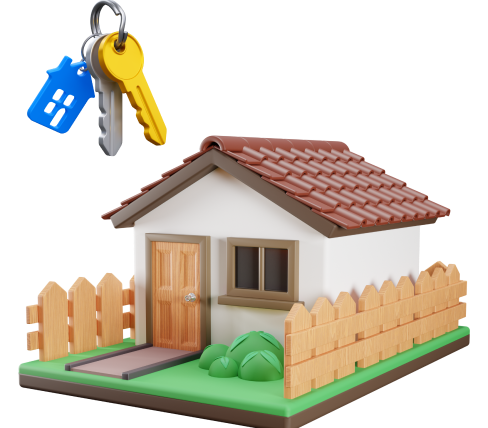How Affordable Housing Providers Are Using Technology to Improve Services
In the world of affordable housing, technology is finally making a big difference. For a long time, this sector lagged behind when it came to technological upgrades, but the COVID-19 pandemic acted as a major turning point. Many organizations shifted to using new tools that help them manage housing more efficiently and serve tenants better.
While regular market-rate housing providers were already using advanced tools like AI chatbots, affordable housing providers focused more on basic asset management in the past.
Now, they’re embracing software that streamlines processes such as tenant recertifications, digital rent payments, and handling repair requests. These tools have sped up operations and made it easier for tenants to access information and services anytime.
Affordable housing offices are also upgrading their systems to allow staff to work more flexibly, including working remotely.
Modernizing Public Housing
One key example of this shift is the Housing Authority of the City of Los Angeles (HACLA), which began a multi-year project to modernize its systems. In April, HACLA introduced two tools: Yardi Voyager, a management system, and RentCafe, a tenant-facing portal.
These systems make communication quicker and more interactive for tenants. “Tenants can now see updates in real time instead of waiting weeks for mail,” said Adriana Ruiz, deputy director of HACLA’s Section 8 program.
Through RentCafe, tenants can upload documents, complete annual recertifications required for housing assistance, and quickly report changes like income loss. For example, if a tenant loses their job, they can request help right away through the portal.
While many housing providers have adopted AI chatbots to assist with tenant inquiries, HACLA has chosen to stick with live representatives for tenant support. “We prioritize connecting callers with real people,” Ruiz explained, emphasizing the importance of personalized assistance.
Saving Time and Reducing Paperwork
Another major benefit of using technology is the reduction in paperwork. Housing providers have traditionally spent a lot of time verifying tenant eligibility, filling out extensive forms, and storing physical files. Technology makes this process faster and simpler.
For example, some tools, like Pronto Housing, help streamline income certification processes for tenants. Instead of filling out dozens of pages, residents can now use an online portal that’s available in multiple languages. This reduces in-person visits and helps housing providers focus on faster service and better communication.
In Philadelphia, Inglis, a nonprofit that builds accessible housing for people with disabilities, takes technology further by integrating smart home devices like Amazon Echo. These tools enable residents to control lights and doors, helping them live more independently.
Inglis also trains tenants to use these devices and even creates personalized solutions, like custom utensils for individuals with physical challenges.
Improving Sensitivity and Inclusivity
Technology isn’t just about streamlining processes—it can also help make housing more inclusive. For example, SAGE, a nonprofit supporting LGBTQ+ seniors, provides training to housing providers on how to create safe and welcoming spaces for this community.
Their virtual courses focus on understanding the unique challenges LGBTQ+ older adults face, especially trauma related to discrimination.
These lessons help housing providers understand how to support residents with sensitivity and empathy. “Our trainings are interactive and designed to put housing staff in the mindset of an LGBTQ+ senior,” said Sadiya Abjani, director of learning at SAGECare.
Challenges and Moving Forward
Despite these advances, adopting new technology isn’t always easy. Some organizations face pushback, especially when budgets are tight. Many view certain tech upgrades as “nice to have” rather than essential, particularly amidst rising costs and uncertain federal housing funding.
There is hope that more housing providers will eventually see the long-term benefits of technology. For example, systems to monitor utility usage could save public housing agencies 15 to 30 percent in energy costs, freeing up funds for other needs.
While there are hurdles, technology is proving to be a powerful tool for affordable housing providers seeking to improve operations and support tenants more effectively.
With continued investment and education, these innovations have the potential to make housing more accessible, efficient, and inclusive for everyone.
-
Find out if you're eligible for more housing support here!









